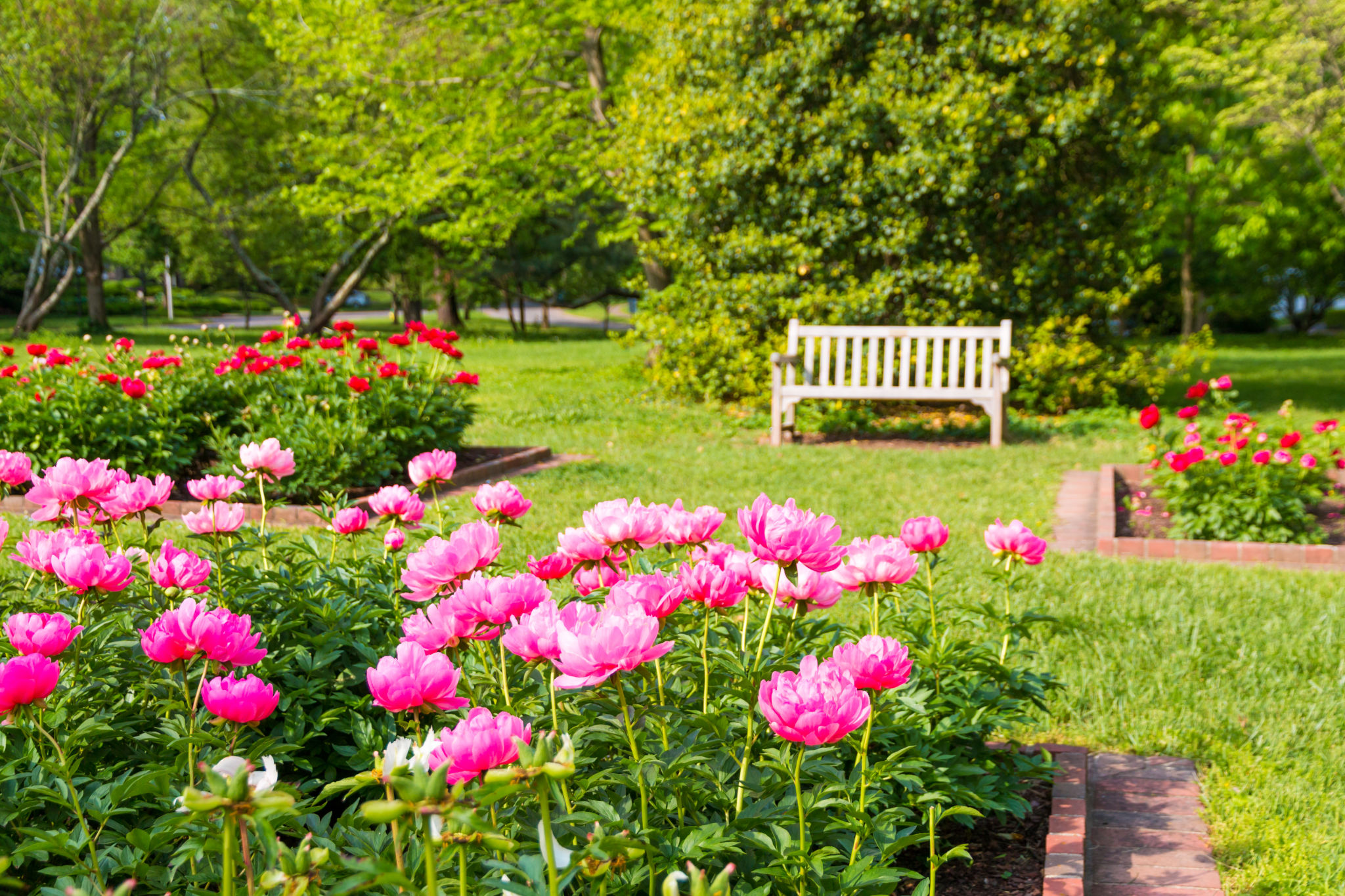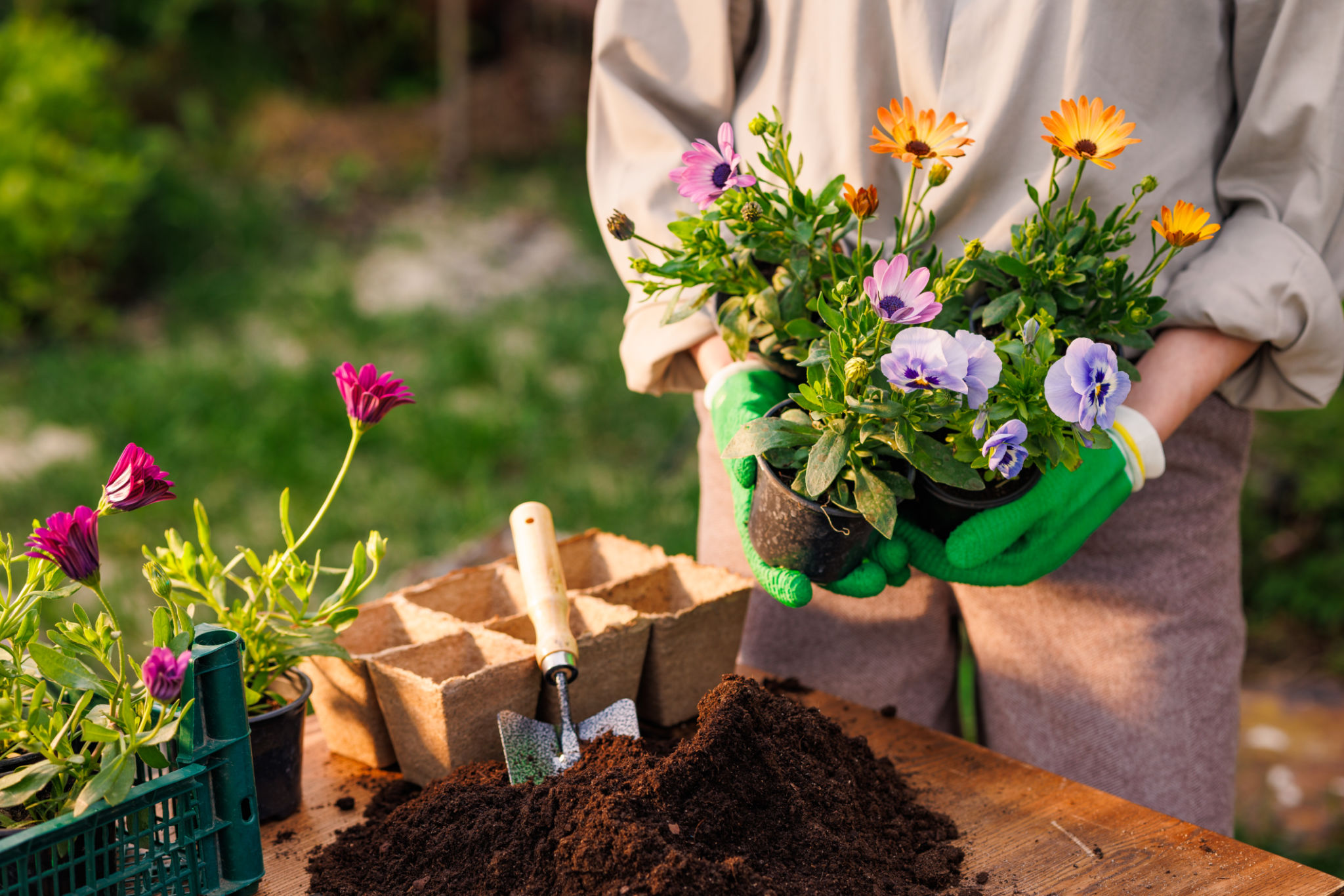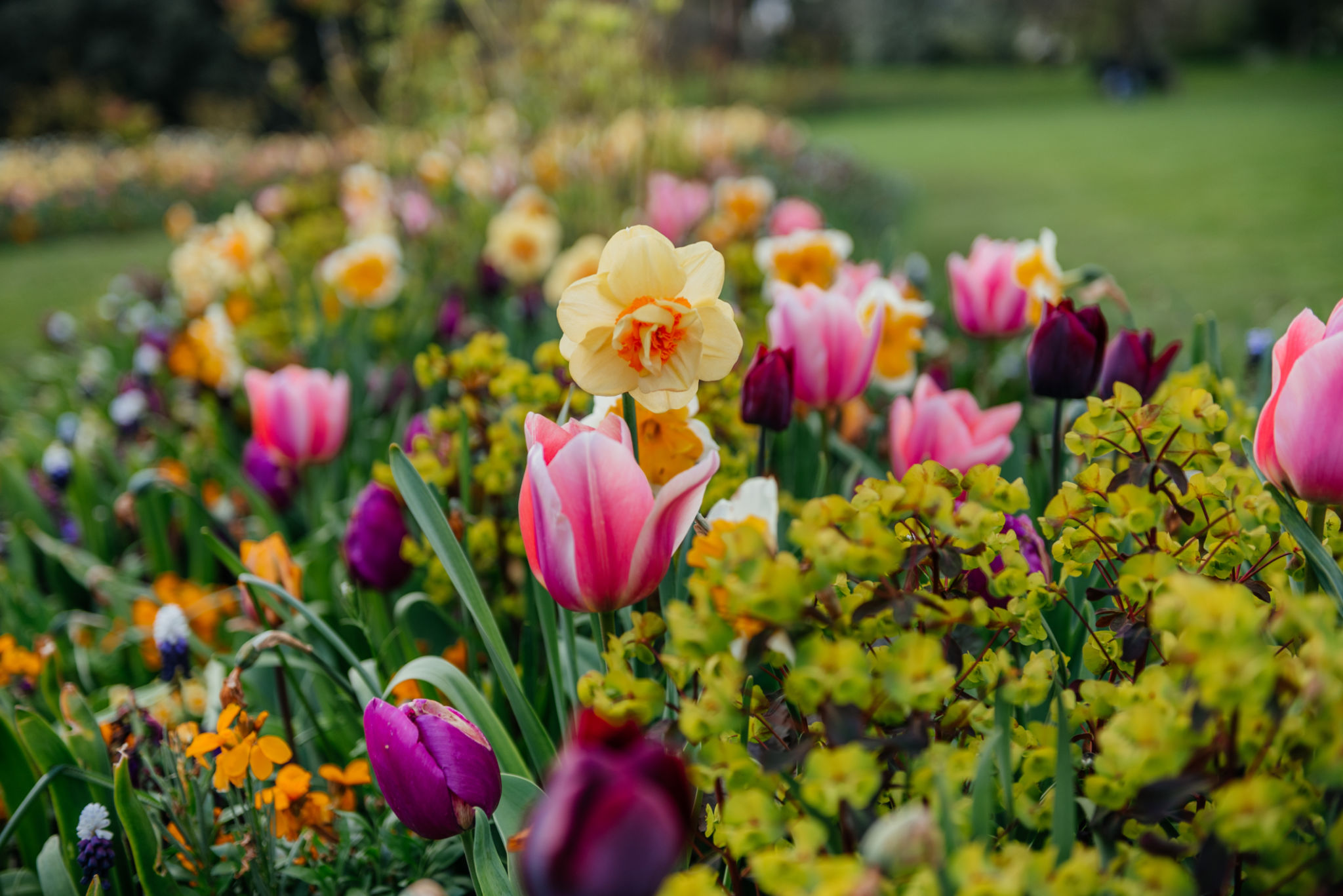Seasonal Landscaping Tips for Kentucky Homeowners: Preparing Your Garden for Spring
MP
Understanding Kentucky's Spring Climate
As spring approaches, Kentucky homeowners should prepare their gardens for the changing season. The state's climate is characterized by mild temperatures and increased rainfall during this time, creating both opportunities and challenges for gardeners. Understanding these conditions is crucial for effective landscaping.
The average temperature in Kentucky during spring ranges from 50°F to 75°F, providing a favorable environment for most plants. However, unexpected frosts can occur, making it important to choose plants that can withstand temperature fluctuations.

Soil Preparation and Testing
One of the first steps in preparing your garden for spring is soil preparation. After a long winter, your soil may be compacted and lacking in nutrients. Begin by testing your soil for pH levels and nutrient content. This information will guide you in making necessary amendments to improve soil health.
Consider adding organic matter such as compost or well-rotted manure to enrich the soil. These materials enhance soil structure, provide essential nutrients, and improve water retention, which is particularly beneficial during Kentucky’s rainy springs.
Plant Selection and Planning
Selecting the right plants for your garden is crucial in achieving a lush landscape. Focus on choosing native plants that thrive in Kentucky’s climate. Native species are more resilient to local pests and diseases and require less maintenance.
Plan your garden design by considering factors like sunlight exposure, water availability, and plant height. Group plants with similar needs together to create a harmonious environment that maximizes growth potential.

Pruning and Maintenance
Spring is an ideal time for pruning trees and shrubs that may have experienced winter damage. Proper pruning helps remove dead or diseased wood, encouraging healthy growth. Use clean, sharp tools to make precise cuts, ensuring the plant's health is not compromised.
In addition to pruning, regular maintenance such as weeding and mulching is essential. Weeds compete with your plants for nutrients and water, so removing them early in the season is important. Applying mulch not only suppresses weeds but also helps retain soil moisture and regulate temperature.
Incorporating Spring Blooms
To add vibrant color to your garden, consider incorporating spring-blooming flowers such as tulips, daffodils, and hyacinths. These flowers are well-suited to Kentucky’s climate and can provide stunning displays throughout the season.
When planting bulbs, ensure they are placed at the correct depth and spacing to promote healthy growth and beautiful blooms. Consider using a mix of early, mid, and late-season varieties to extend the flowering period in your garden.

Watering Strategies
Although spring in Kentucky is typically wet, it is important to establish a consistent watering routine for your garden. Monitor rainfall levels and adjust watering practices accordingly. Ensure that plants receive adequate moisture without becoming waterlogged.
Utilize drip irrigation systems or soaker hoses to deliver water directly to the root zone, minimizing evaporation and reducing the risk of fungal diseases. This method conserves water while providing efficient hydration to your plants.
Pest and Disease Management
With the arrival of spring, pests and diseases may become more prevalent in your garden. Regularly inspect plants for signs of infestation or illness, such as discolored leaves or unusual growth patterns.
Implement integrated pest management (IPM) practices, which include natural predators, barriers, and organic pesticides when necessary. Early intervention can prevent minor issues from becoming major problems.
Creating a Wildlife-Friendly Garden
Consider creating a wildlife-friendly garden by planting flowers that attract pollinators like bees and butterflies. Native plants are particularly effective at supporting local wildlife populations.
Incorporate bird feeders or birdbaths to invite birds into your garden, helping control insect populations naturally. A diverse ecosystem not only enhances the beauty of your garden but also contributes to its ecological health.
